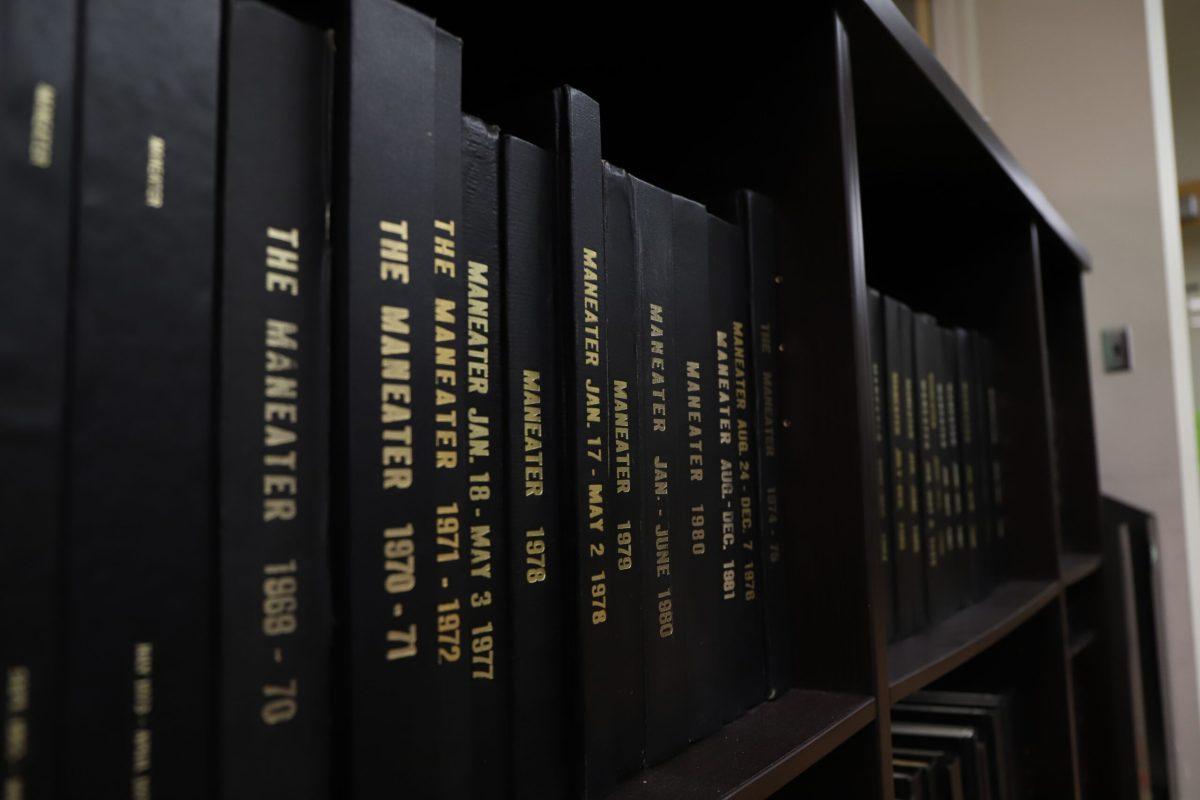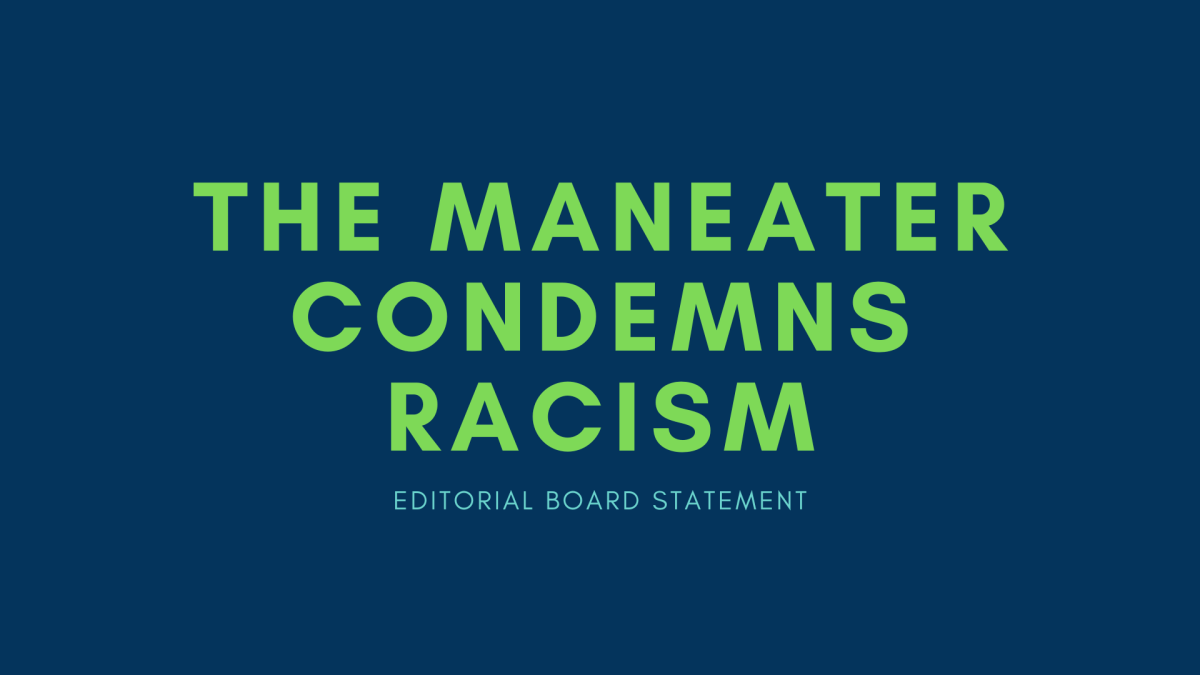It seems as if overarching, ineffective approaches are a theme this issue.
The Columbia Police Department recently adopted a new policy manual. This manual brings new requirements for police officers, like requesting helicopter use in urgent situations. If you’ve ever seen a CPD helicopter, let us know. We haven’t, because CPD doesn’t have one.
This is just one example of a 500-page list of extraneous and unnecessary mandates this new manual calls for, including a requirement that officers carry a spare tire in their car at all times (which is pointless considering CPD already has a service that changes flat tires) and place a wristband on inmates for identification purposes.
This counter-productive manual, created by a third-party business in California, should never have been adopted in the first place. But since it does exist, perhaps some of the manual’s clauses are beneficial. At this point, however, the police department has yet to receive proper training for it, and it’s been more than a month since implementation.
When police officers are going to be held accountable for everything in the manual, they need to know what to do. It should not be expected that officers have time to memorize 500 pages of material. Accountability is even more of an issue considering CPD might not have all the resources it needs (such as helicopters) for officers to follow the manual’s instructions anyways. Bypassing certain mandates will allow officers to ignore others, stripping the manual of any meaning.
Worst of all, this manual cost a hefty price of $13,000 of taxpayer and government money. That’s $13,000 gone to waste.
This manual was adopted to help CPD get accreditation with the Commission on Accreditation for Law Enforcement Agencies, which helps recruitment and increases credibility with the community. Credibility is great, but this manual is not the way to get it.
The manual is not tailored to CPD’s needs and doesn’t address the real problems facing the department. A study concluded in March, which CPD also paid thousands of dollars for, found the work-culture of the police department to be “toxic.” The issues included low morale, the exchange of blame between Chief Ken Burton and senior command staff, and pay compression that allows for newer employees to be paid more than those with more experience. The manual seems to do nothing to fix those problems.
In the end, CPD paid thousands for an ineffective publicity move. The only way this can be remedied is if CPD invests the time (and, unfortunately, the money) to have the manual reviewed and tailored to bring solutions to the department’s internal issues.










